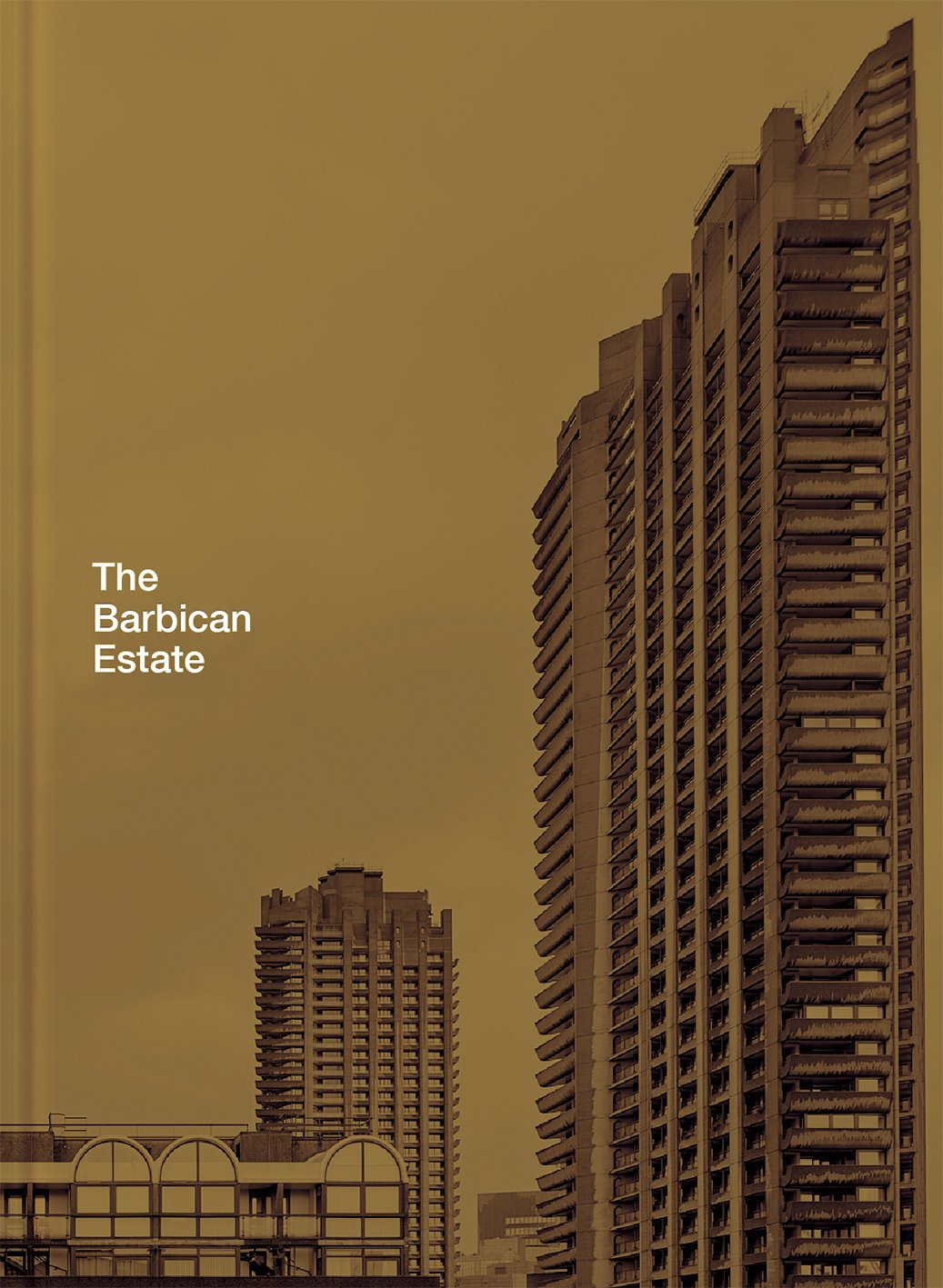

Most ebook files are in PDF format, so you can easily read them using various software such as Foxit Reader or directly on the Google Chrome browser.
Some ebook files are released by publishers in other formats such as .awz, .mobi, .epub, .fb2, etc. You may need to install specific software to read these formats on mobile/PC, such as Calibre.
Please read the tutorial at this link: https://ebookbell.com/faq
We offer FREE conversion to the popular formats you request; however, this may take some time. Therefore, right after payment, please email us, and we will try to provide the service as quickly as possible.
For some exceptional file formats or broken links (if any), please refrain from opening any disputes. Instead, email us first, and we will try to assist within a maximum of 6 hours.
EbookBell Team

4.7
46 reviewsA celebration marking the 50th anniversary of an iconic example of brutalist architecture.
2019 marks the 50th anniversary of the first residents moving into the Barbican Estate in London. This new book is a celebration of this unique complex - looking at the design of the individual flats as well as its status as a brutalist icon. Author and designer Stefi Orazi interviews residents past and present, giving an insight into how life on the estate has changed over the decades.
The complex, designed by Chamberlin, Powell and Bon, is now Grade II listed, and is one of the world's most well-known examples of brutalist architecture. Its three towers - Cromwell, Shakespeare and Lauderdale - are among London's tallest residential spaces and the estate is an iconic landmark of the city. This is a beautifully illustrated, comprehensive guide to the estate, with newly commissioned photography by Christoffer Rudquist. It will show in detail each of the 100 different flat types, including newly drawn drawings of the flats as well as original plans and maps.
Includes fascinating texts by leading architects and design critics, including John Allan of Avanti Architects on the unique building materials and fittings of the flats, and Charles Holland of Charles Holland Architects (and FAT co-founder) on the home and how these concrete towers have become such an integral part of Britain's domestic and architectural history.